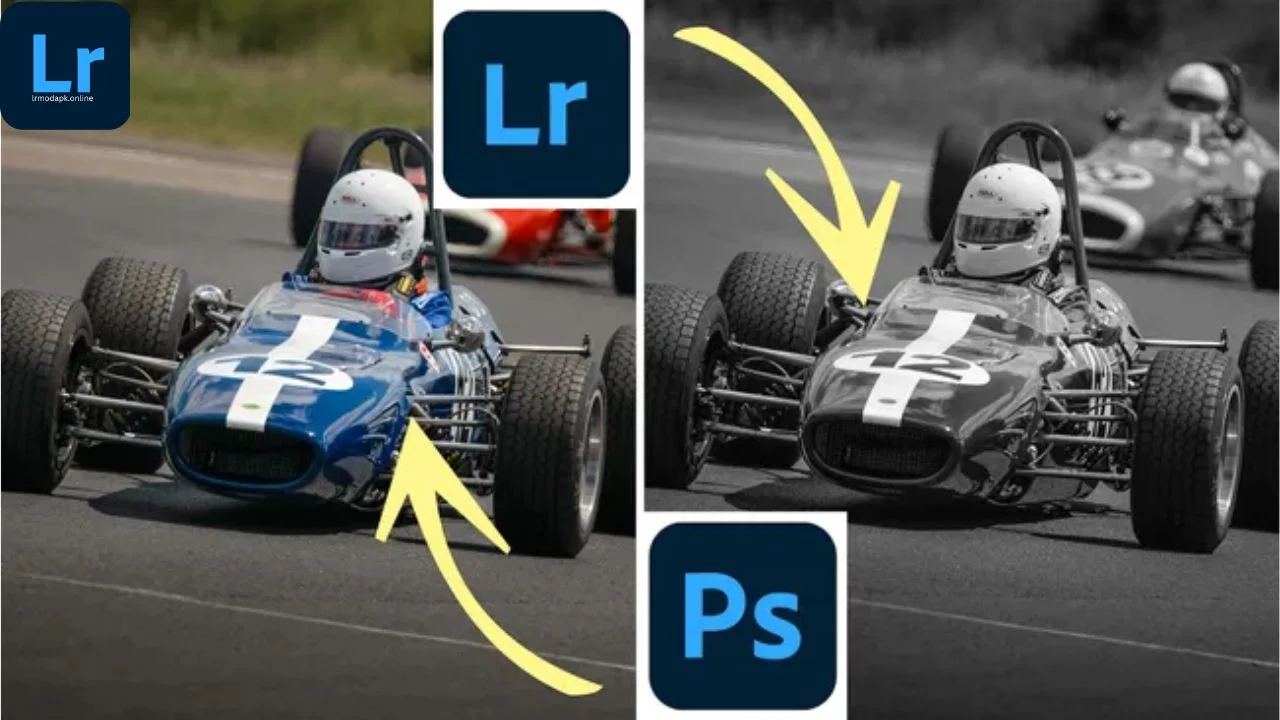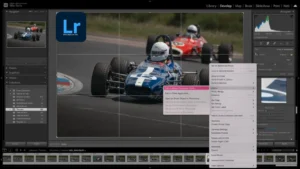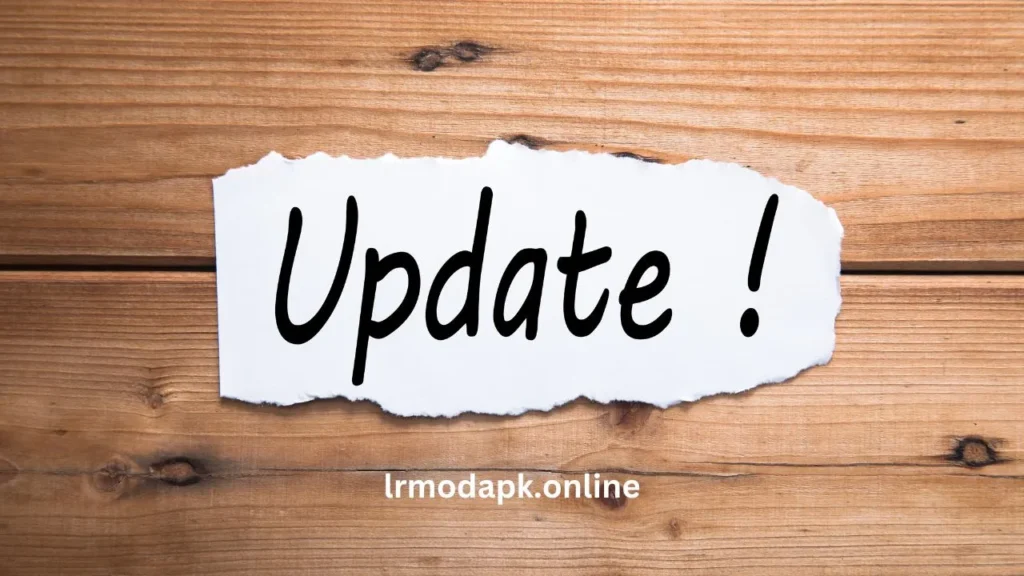Did you know it’s possible to move between Adobe Photoshop and Lightroom during your photo editing process? This method can enhance your workflow, allowing you to take advantage of the strengths of both Software. Here’s how you can do it:
There were many reasons to switch from Lightroom CC to Photoshop CC in the past, but the distinction between these two top photo editing software options has become less clear over time.
Table of Contents
Toggle Thanks to features like masking and cloning, which were once only available in Photoshop, and now being included in Lightroom, Adobe CC users have fewer reasons to switch to Photoshop. However, for more complex edits that need layers or special tools, Photoshop is still the best choice.
Thanks to features like masking and cloning, which were once only available in Photoshop, and now being included in Lightroom, Adobe CC users have fewer reasons to switch to Photoshop. However, for more complex edits that need layers or special tools, Photoshop is still the best choice.
Often, you’ll start with simple edits in Lightroom and then move your photo to Photoshop for more detailed adjustments. But did you know you can bring the edited photo back into Lightroom once you’re done? The best part is, that this works the same whether you’re using Lightroom Classic or Lightroom CC. Here’s how to do it.
Switch Lightroom to Photoshop
 If you usually edit in Lightroom, you might already know that by right-clicking on an image in the Filmstrip, you can choose Edit in > Edit in Adobe Photoshop 2024. You can also right-click directly on the image and select the same menu option. If a dialogue box pops up, make sure to check Edit a Copy with Lightroom Adjustments. This will open your image in Photoshop with all the changes you’ve already made in Lightroom, allowing you to keep editing smoothly.
If you usually edit in Lightroom, you might already know that by right-clicking on an image in the Filmstrip, you can choose Edit in > Edit in Adobe Photoshop 2024. You can also right-click directly on the image and select the same menu option. If a dialogue box pops up, make sure to check Edit a Copy with Lightroom Adjustments. This will open your image in Photoshop with all the changes you’ve already made in Lightroom, allowing you to keep editing smoothly.
If you want to know more about Lightroom Mod APK Our Blog session is the best place to do it.
Switch Photoshop back to Lightroom Mod
 What you might not know is that you can bring the edited image back into Lightroom with all your Photoshop changes. To do this, just go to File > Save or File > Close > Save in Photoshop.
What you might not know is that you can bring the edited image back into Lightroom with all your Photoshop changes. To do this, just go to File > Save or File > Close > Save in Photoshop.
In the past, using ‘Save As’ could cause problems, but now it works fine if you save the file as a TIFF, Photoshop, or Large Document Format, even if you change the file name. However, I avoid renaming the file because it can sometimes break the link between Photoshop and Lightroom.
Continue editing in Photoshop
 Once your image is back in Lightroom, you’ll see that a new copy has been created with all the changes made in Photoshop. Your original Lightroom edit is still there, and you can keep editing the copy or even send it back to Photoshop for more adjustments if needed.
Once your image is back in Lightroom, you’ll see that a new copy has been created with all the changes made in Photoshop. Your original Lightroom edit is still there, and you can keep editing the copy or even send it back to Photoshop for more adjustments if needed.
So, there you go! If you weren’t aware of this super simple tip, it could improve your photo-editing workflow in Adobe CC.
Click the button below if you want to download more than 100+ free presets of Lightroom APK Mod
Conclusion:
Switching between Lightroom and Photoshop during your photo-editing process can greatly improve your workflow by combining the strengths of both Software. Lightroom is perfect for making quick, basic adjustments, while Photoshop excels at handling more complex edits. With the ability to move seamlessly between the two, you can take full advantage of both platforms without losing your progress. Whether you’re a beginner or a seasoned professional, this simple tip can save you time and enhance the quality of your edits. Now that you know how easy it is to switch back and forth, you’ll be able to achieve the perfect balance between efficiency and creative control in your photo-editing projects.
FAQ's
You can use the Shift+Command+E keyboard shortcut to edit a Lightroom photo in Photoshop. Your photo will automatically open in the latest installed version of Photoshop. If no additional edits have been performed on the photo in Lightroom, the original photo is launched in Photoshop.
Once you’re done making your adjustments in Photoshop, save the file by going to File > Save. Unless you have directed Photoshop to do otherwise, the program will default to saving your image as a PSD file and will automatically send it back to Lightroom.
Yes, any edit you can do in Lightroom, you can also do in Photoshop. That’s just the start of what Photoshop can do to an image. It goes way beyond Lightroom in local editing capabilities, and it can even enter the realm of graphic design and digital art.



